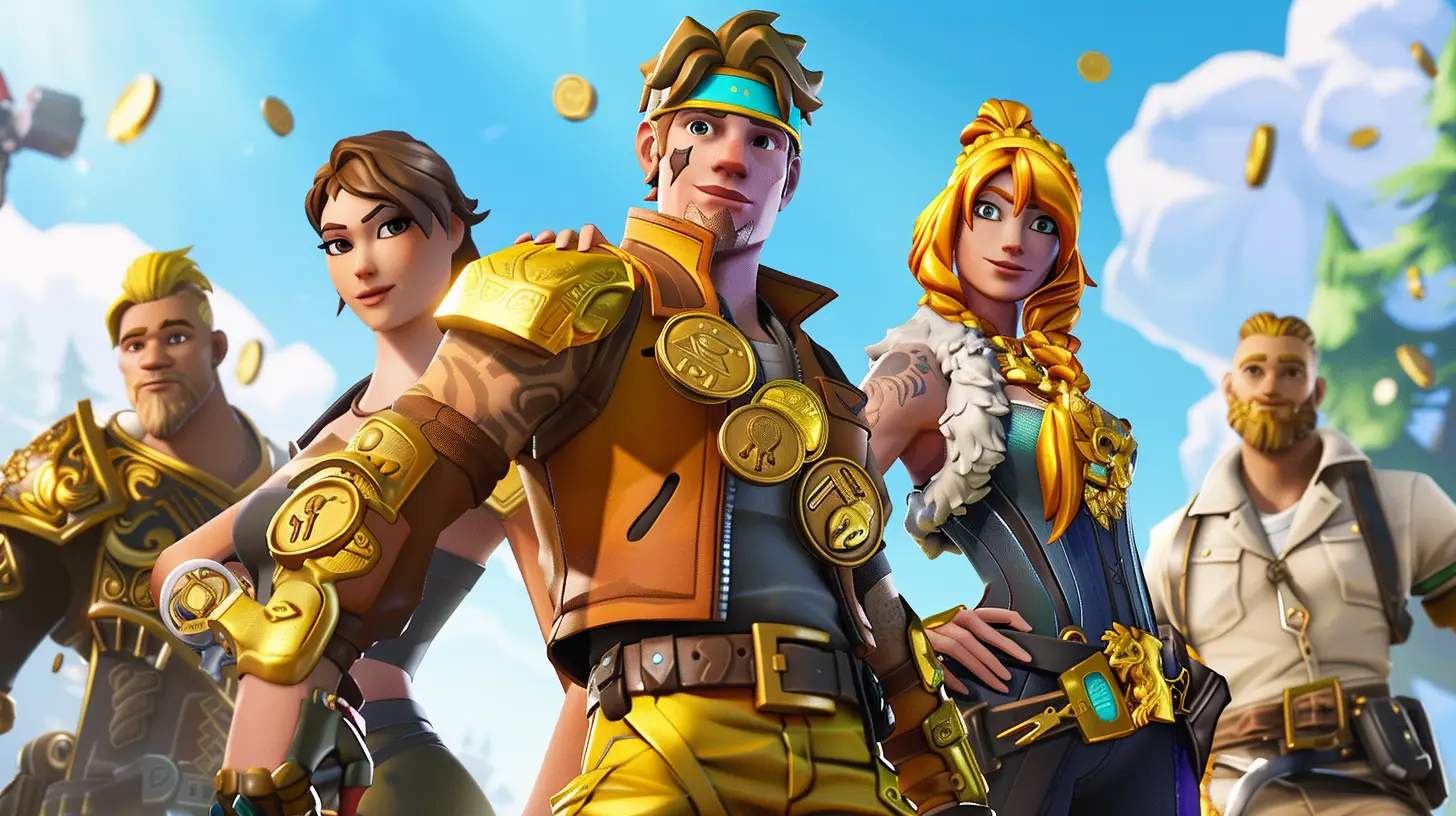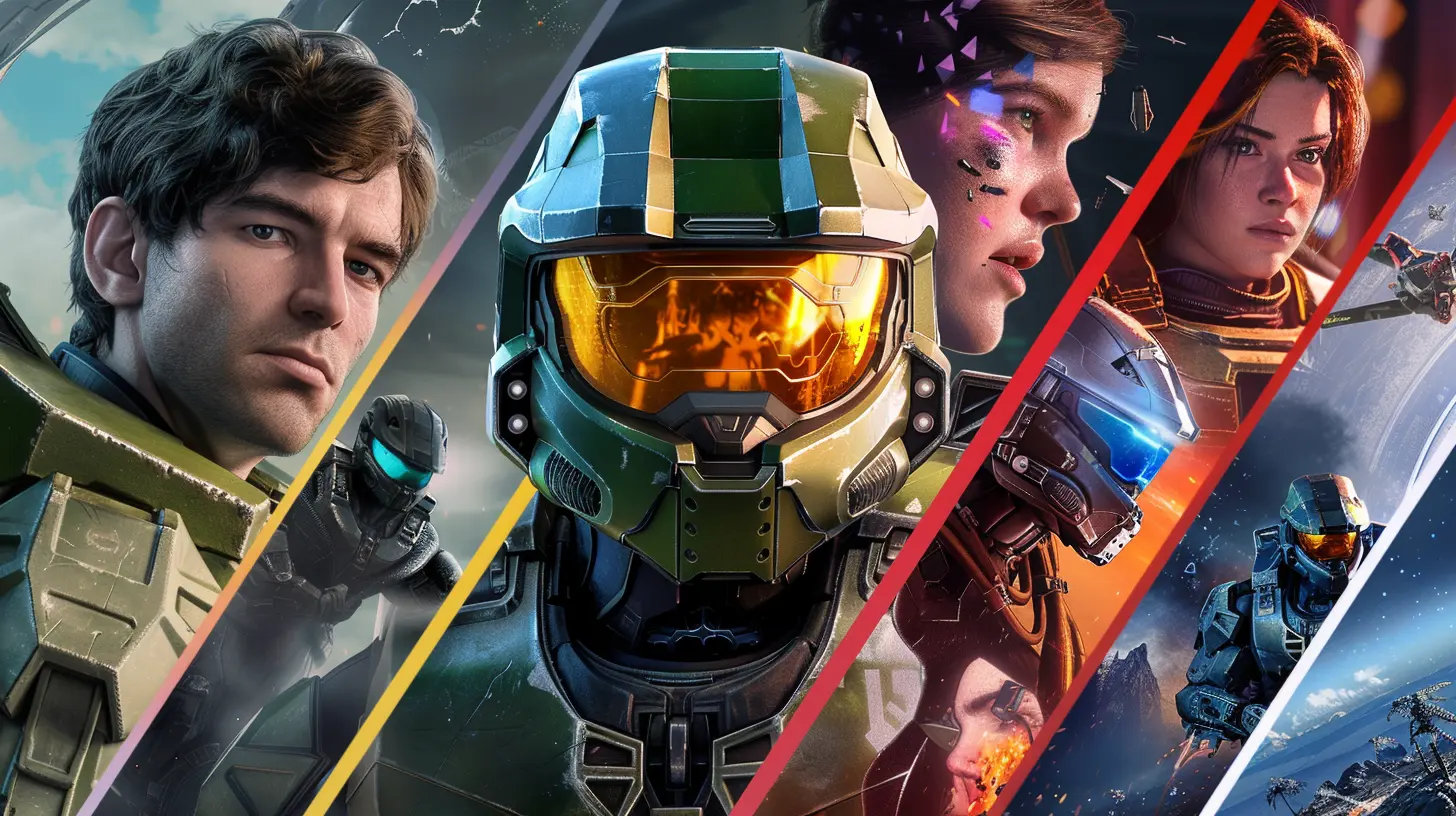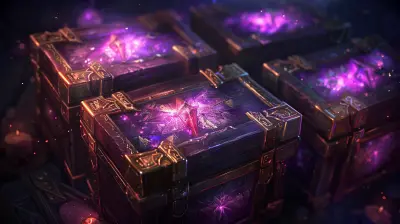The Future of In-Game Economy and Microtransactions
9 September 2025
Gaming isn’t just about high scores and immersive storylines anymore; it’s also about how we manage the virtual worlds we inhabit. Over the past decade, the in-game economy and microtransactions have transformed from optional extras into core components of modern gaming. But where is this all headed? Let’s talk about the future of in-game economies and microtransactions, from the good and the bad to what we can realistically expect in the coming years.
What Are In-Game Economies and Microtransactions?
Before diving into the future, let’s define the basics. In-game economies are the systems that govern virtual currencies, resources, and trade within a game. Think gold in "World of Warcraft" or bells in "Animal Crossing." These virtual economies mimic real-world economic principles, often requiring players to earn, spend, or trade items and currencies.Microtransactions, on the other hand, are small purchases players make within a game. Whether it’s unlocking a new skin, acquiring powerful weapons, or grabbing extra lives, microtransactions have become a widespread revenue model for game developers.
Why Have They Become So Popular?
Honestly? It’s all about money… but not in a bad way! Microtransactions and in-game economies have allowed developers to monetize games in creative ways. Gone are the days where developers relied solely on game purchases or subscriptions. Instead, they’ve adopted a "games-as-a-service" model. This means games continue to evolve post-launch with updates, events, and expansions—all of which require funding.And let’s not forget the perks for players. Some gamers love customizing their avatars, while others are happy to pay for shortcuts to save time. Microtransactions can make a game more personal and engaging. It’s like buying toppings for your ice cream—sure, vanilla is great, but who doesn’t want sprinkles or a cherry on top?
The Current State of In-Game Economies and Microtransactions
Okay, so where are we now? Right now, we’re sitting in a mixed bag of possibilities. Some games have found a sweet spot that players love, while others… not so much.The Good Side
- Free-to-Play Games Thrive: Games like "Fortnite," "Apex Legends," and "Genshin Impact" have redefined success. They’re free to play but rake in billions through cosmetics and battle passes. Players feel like they’re getting something valuable without breaking the bank.- Continuous Updates: Thanks to the revenue microtransactions generate, developers can release content updates that keep players hooked for years. No one’s complaining about fresh maps, new characters, or seasonal events!
- Player Empowerment: Virtual economies give players a sense of control and ownership. Whether it’s trading rare skins or hoarding in-game currency, players can feel like they’re part of a living, breathing world.
The Bad Side
- Pay-to-Win Nightmares: Let’s be real—no one likes when a player can swipe a credit card and suddenly dominate everyone else. Pay-to-win mechanics have sparked countless controversies, driving players away from otherwise promising games.- Overpriced Items: Sometimes, developers take pricing a bit too far. $20 for a single skin? For real? It can feel exploitative, especially when there’s no alternative way to earn it in-game.
- The Loot Box Debate: Randomized loot boxes have become a lightning rod for criticism. Some liken them to gambling, and governments worldwide are starting to crack down on their use in games.

The Future of In-Game Economy and Microtransactions
Here’s the juicy part—what’s next for in-game economies and microtransactions? Let’s gaze into the crystal ball and predict where things are headed.1. Blockchain and NFTs in Gaming
You’ve probably heard the buzz about blockchain and NFTs (non-fungible tokens). These technologies could revolutionize gaming. Imagine owning a unique sword or rare item that you can trade, sell, or keep forever—completely independent of the game itself. Your purchases wouldn’t just vanish if the game servers shut down.However, this future needs to tread carefully. NFTs have been controversial due to environmental concerns and scams. Developers will need to balance innovation with responsibility.
2. More Personalization, Less Pay-to-Win
The backlash against pay-to-win mechanics has been loud and clear. As a result, we can expect more games to shift toward purely cosmetic microtransactions. Think fancy outfits, custom dance moves, and cool mounts—things that express personality without affecting gameplay balance.3. Subscription-Based Models
Here’s an idea: what if games bundled their microtransactions into subscriptions? We’re already seeing this with battle passes in games like "Call of Duty" and "Fortnite." In the future, these battle passes could become even more generous, offering tons of value for a flat monthly fee. It’s like Netflix for your favorite game.4. Player-Driven Economies
Player-driven economies might take center stage. Games like "EVE Online" and "Runescape" have built empires around letting players control the economy. In the future, more games might adopt this approach, giving players the power to set prices, trade goods, and even impact in-game politics.5. Ethical Microtransactions
Developers will likely face increasing pressure to make their microtransactions ethical. This means no hidden costs, clearer information about what you’re buying, and fewer systems that rely on addictive behaviors. Transparency will rule the day.Challenges Facing the In-Game Economy Evolution
Of course, this bright future isn’t without obstacles. Let’s not sugarcoat it—there are hurdles developers and players alike will have to overcome.- Regulation and Legislation: Governments are starting to take a closer look at microtransactions, particularly loot boxes. Future laws could reshape how developers design in-game economies.
- Sustainability Concerns: Blockchain-based systems need to address environmental concerns before being widely accepted.
- Player Trust: It’s going to take time for developers to rebuild trust with gamers who’ve been burned by exploitative practices in the past.
Why The Future Looks Bright
Despite the challenges, there’s room for optimism. The gaming community is more vocal than ever, and developers are listening. Gamers want fair, fun, and engaging systems that enhance their experiences without feeling like a cash grab.The rise of indie games is another reason to smile. Indie developers are experimenting with fresh ideas and proving that you don’t need predatory microtransactions to succeed. Plus, mainstream developers are taking notes, which could reshape how AAA games handle in-game economies.
Final Thoughts
So, what does the future hold? It’s a delicate balancing act. Developers have to keep the lights on, but they also need to respect their players. The good news? We, as gamers, have more power than ever to shape this future. By supporting games that play fair and voicing concerns about exploitative practices, we can ensure the in-game economy evolves in a way that benefits everyone.The bottom line? Microtransactions and in-game economies are here to stay, but they’re not a one-size-fits-all approach. The future will be about refining these systems, creating virtual worlds that feel rewarding and immersive while keeping the fun front and center.
all images in this post were generated using AI tools
Category:
Gaming NewsAuthor:

Madeleine McCaffrey
Discussion
rate this article
1 comments
Oberon McKee
Ah, the in-game economy—a delightful blend of virtual treasure hunting and wallet gymnastics! Here’s to hoping our wallets stay healthy while we chase that shiny new skin! 🎮💰
September 12, 2025 at 4:27 AM

Madeleine McCaffrey
Absolutely! Balancing enjoyment and spending is key as we navigate the evolving landscape of in-game economies. Cheers to finding that perfect balance! 🎮✨

